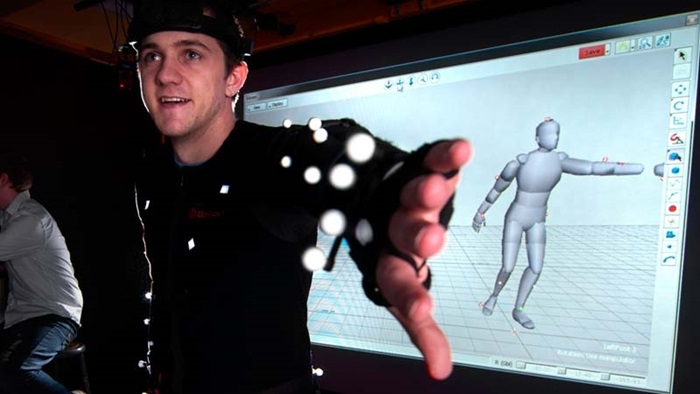
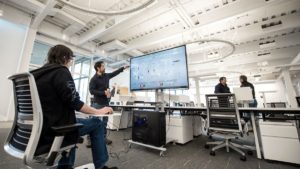
Dr. Roger Lew and VTD student discussing simulator project in Visualization Lab - IRIC, 2017
The University of Idaho has a number of well recognized academic programs. However, did you know that they have a Virtual Technology and Design degree program that has been in existence since the early 2000’s? I recently had the opportunity to speak with one of the three founding faculty members of the program, Brian Cleveley to learn a bit more about what our friends in Moscow, Idaho are doing in this space.
The Bachelor of Science in Virtual Technology and Design (VTD) program is housed under the College of Art and Architecture. Although the program lives within the Art and Architecture College the program doesn’t focus exclusively on any particular industry. This was very intentional from the beginning as the founding faculty knew that the opportunities within this space would cross many industries as companies adopt new ways to communicate and ideate. Programming gives students a broad experience across visualization, simulation, entertainment, technology and design, and by their senior year they are able to dig into an area of focus where their passion lies. Students have to hone their skills through the technical parts of program and are exposed to modeling, game engine development working with Max, Maya, Adobe suite, Unity, Unreal among other software programs. Within the design track, they learn the proverbial design skills that all disciplines in the college examine such as ordering principles and color psychology. As VTD students they'll then translate these skills into character and environment development. The third track of the program is more student lead where they are able to go deeper into an area that excites them. For example if a student is focused on developing and making game engines maybe they take more computer science (CS) classes and even get a CS minor. Someone who is more interested in design might take textile and design classes. They really want students to discover what they really want to do after school and their goal is to support that academically.
Right now approximately 130 students are enrolled in the program and Cleveley says that there’s always a nice mixture of skill sets within the group. Some students are more adept at the design aspect while others are more proficient on the technology side. They feel that this is a real strength to their program. They don’t just have all modelers or coders, there’s always a nice mix of skill sets which comes in especially useful as the students get into group projects which are an important part of the program.
During the first year in the program, students get a lot of design and design language training. They learn about storytelling and emphasize character development in the second year. Last year Sophomore students had their storytelling skills put to the test when they were tasked with connecting with a scientist to tell a story the scientist was trying to convey. This really showed students that they have to be fluid in how they look at things and tell the narrative. By the third year, projects start to get into the world of interactivity. Last year students started looking at concepts for escape rooms and brought them to life in a world that was delivered through gaming engines (Unity or Unreal). One group created their escape room in VR and showcased it through the HTC Vive. Their final year is spent working on a Capstone project within a small group. They focus on this one project for the full nine months. These projects range from entertainment based to visualization and simulation. Cleveley says that there is an increased interest from students in the AR/VR/MR space. One group has even decided that they want to focus their Capstone project on studying AR/VR/MR and comparing them to assess which is the best to use for visualization and why. (We’re hoping they’ll share some of their findings with us to blog about!)
Cleveley feels that the program will continue to get deeper into AR/VR/MR and further embed it into the curriculum. I asked him where he'd like to see the program in the next few years in relation to AR/VR/MR and he had the following to say:
"In January 2016 Goldman Sachs released a Profiles in Innovation report "Virtual & Augmented Reality: Understanding the Race for the Next Computing Platform” in which they identified a number of key industries that will be engaging the AR/VR/MR technologies. These industries include but are by no means limited to Videogames, Live events, Video entertainment, Retail, Real estate, Healthcare, Education, Military and Engineering. Goldman Sachs states that in a base case scenario, by 2025 the uptake in the AR/VR market is expected to reach 35 billion in software. Reports like this are indicating how the businesses are adopting these technologies. VTD is preparing our graduates to take on leadership roles in understanding how to incorporate the AR/VR/MR technologies into world building, design and creative problem solving processes to evolve, strengthen and benefit these (listed above) and other emerging industries."
The IVRC is excited to have a number of former and current VTD students as part of the council and we look forward to seeing more of their work. Stay tuned, one former (VTD) student and IVRC Founding Member, Charlie Koenig is writing a guest blog for us this coming week on his recent trip to Augmented World Expo (AWE).


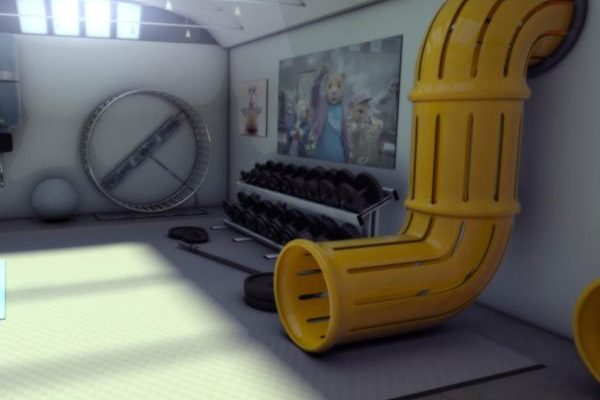
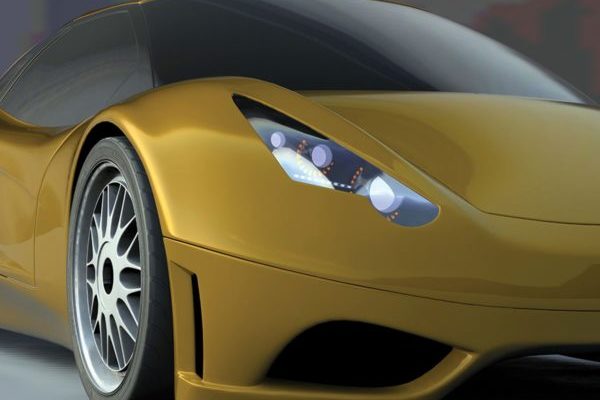
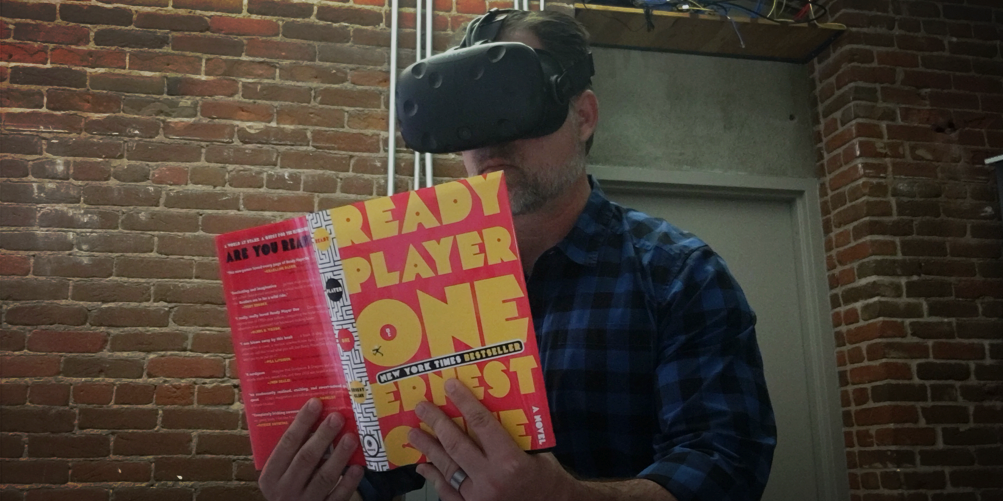

Recent Comments